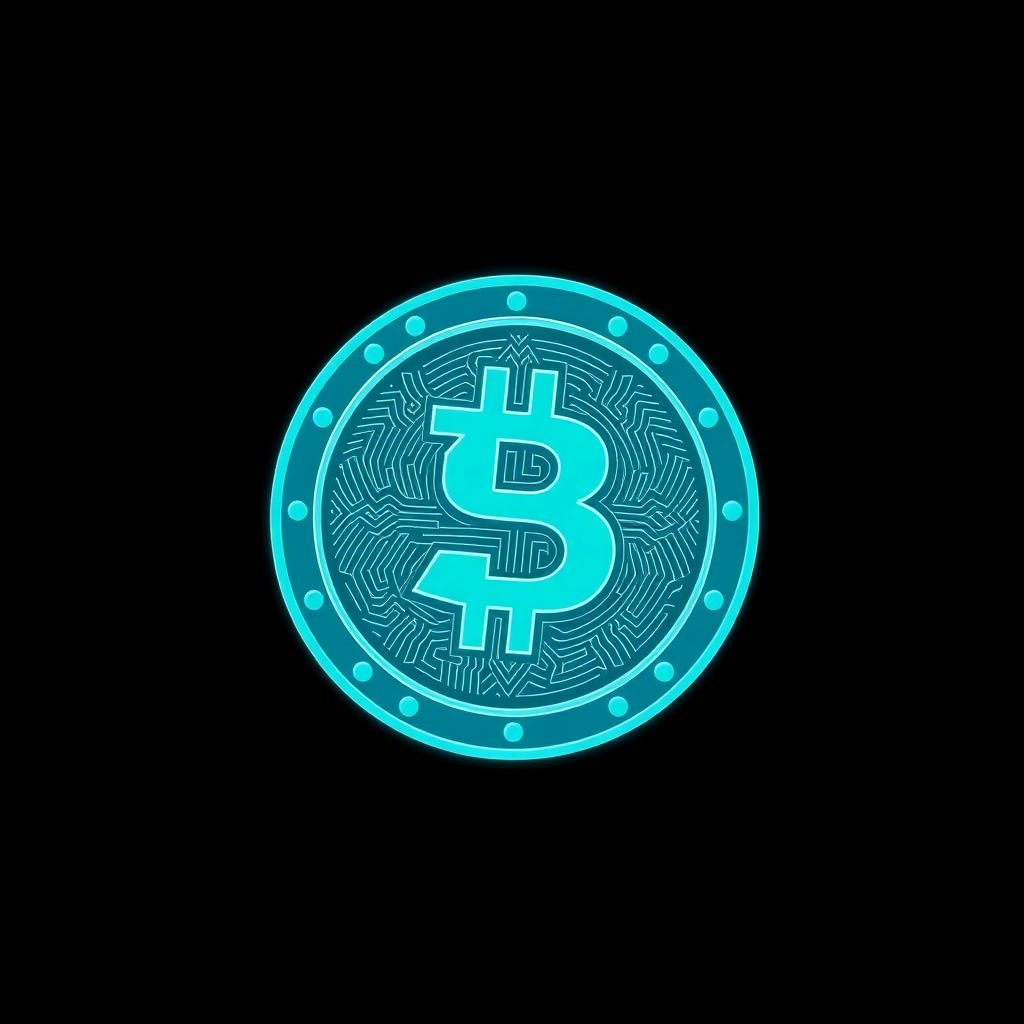A recent $250 million mint of USDC on the Solana blockchain marks a pivotal moment in the race for on-chain liquidity, signaling a broader shift in how traditional finance (TradFi) and decentralized finance (DeFi) are converging. This massive liquidity injection not only strengthens Solana’s position in the stablecoin ecosystem but also highlights its growing appeal to institutional investors seeking scalable infrastructure for real-world financial applications.
At the heart of this development is the upcoming launch of USDPT, a new stablecoin backed by Western Union. Set to go live on Solana in early 2026, the USDPT stablecoin could significantly enhance Solana’s global relevance. Western Union’s reach—spanning over 100 million users worldwide—offers a robust distribution channel that may accelerate the adoption of blockchain-based payment solutions. With this, Solana is poised to deepen its role as a bridge between legacy financial systems and decentralized networks.
While Solana currently holds only 4.9% of the total stablecoin liquidity market, the network’s liquidity is highly concentrated and predominantly influenced by USDC, which accounts for about 66% of Solana’s $15 billion stablecoin market. The recent $250 million USDC mint underscores this dependency but also acts as a strong signal of growing confidence in Solana’s infrastructure. By comparison, Ethereum commands over 52% of stablecoin volume, maintaining its lead in network depth, but Solana is quickly gaining ground, especially in terms of transfer volume and efficiency.
One of Solana’s competitive advantages lies in its high-speed, low-cost architecture, which supports $560 billion in weekly stablecoin transfer volume. This makes it an increasingly attractive platform for institutions exploring blockchain for real-world payments. In fact, the integration of USDPT into this ecosystem could act as a powerful catalyst for further institutional engagement and liquidity migration from other Layer 1 chains.
The data supports this trend. In just 72 hours, Solana Exchange-Traded Funds (ETFs) saw inflows of $111 million, reflecting a growing appetite from institutional investors. Simultaneously, Digital Asset Treasuries (DATs) have significantly increased their SOL holdings—from 1.7 million tokens at the beginning of Q3 to nearly 16 million—an 841% surge. Such accumulation points to an aggressive positioning strategy by institutional players, anticipating long-term value appreciation.
This institutional momentum suggests that the USDPT launch is more than a headline—it could represent a fundamental turning point in Solana’s evolution. As real-world financial players like Western Union enter the blockchain arena, Solana’s infrastructure is increasingly being validated as enterprise-ready. This could give Solana a meaningful edge in capturing not just speculation-driven liquidity, but also transaction-driven utility.
Still, questions remain about whether this surge in institutional interest and on-chain liquidity will translate into sustained demand for SOL, the network’s native token. While liquidity inflows are a positive signal, long-term success will depend on Solana’s ability to support real-use cases at scale—particularly in cross-border payments, remittances, and decentralized finance platforms that require stablecoin integration.
Another important dynamic is the broader competition among Layer 1 blockchains to dominate the stablecoin sector. Ethereum may have first-mover advantage and deeper liquidity pools, but Solana’s technical capabilities position it well to attract developers and projects seeking speed and affordability. As more stablecoins like USDPT choose Solana as their native chain, the network’s appeal to builders and institutions alike continues to grow.
Furthermore, Solana’s alignment with regulatory-friendly stablecoins could enhance its credibility in jurisdictions where compliance is crucial. USDPT, backed by an established financial entity like Western Union, is likely to adhere to strict regulatory standards, which could further attract traditional institutions wary of decentralized finance’s perceived risks.
Looking ahead, the real test for Solana will be how effectively it can convert this liquidity momentum into ecosystem-wide growth. That means fostering more DeFi applications, onboarding more institutional capital, and expanding partnerships with real-world financial intermediaries. If successful, Solana could redefine what it means to be a Layer 1 blockchain in an era where transaction volume and real-world utility matter more than theoretical scalability.
Additionally, Solana’s developer ecosystem plays a critical role in sustaining this momentum. With a growing number of projects building on Solana, particularly in areas like gaming, NFTs, and DeFi, the network’s utility continues to expand. This broadening of use cases not only diversifies Solana’s value proposition but also increases the demand for stablecoins as a medium of exchange within the network.
Moreover, Solana’s compatibility with major stablecoin standards and its integrations with financial APIs make it easier for fintech companies and payment processors to build on the platform. This ease of integration could further accelerate the deployment of blockchain-based financial services, especially in underserved markets where traditional banking infrastructure is lacking.
In conclusion, the $250 million USDC mint on Solana is more than a headline—it represents a strategic shift in how liquidity is moving across the blockchain ecosystem. As stablecoin adoption accelerates and TradFi institutions continue to explore blockchain, Solana’s ability to bridge both worlds positions it as a formidable player in the evolving financial landscape. Whether this momentum can be sustained will depend on continued innovation, institutional trust, and the platform’s ability to deliver real-world utility at scale.

